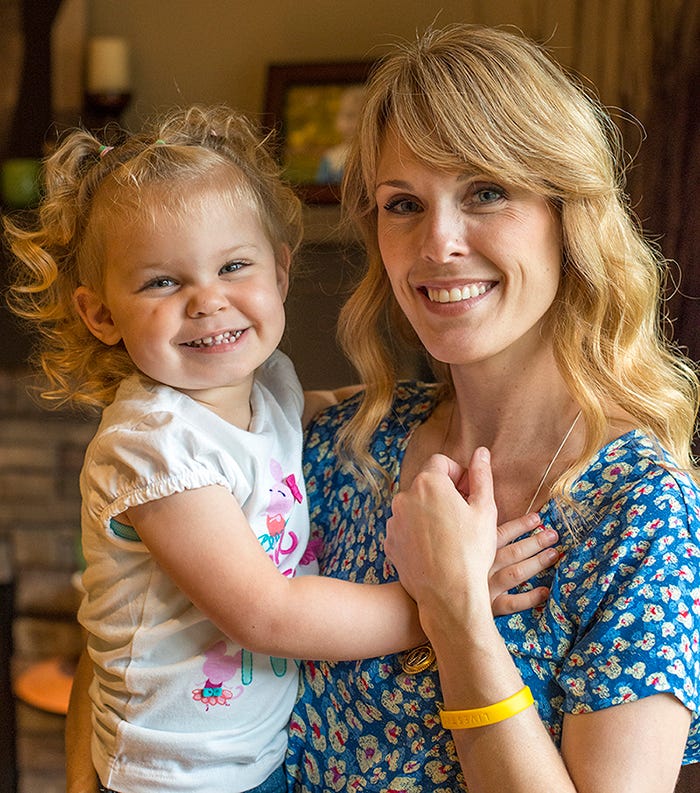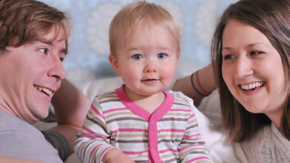Fertility and Cancer — 5 Things to Know

Some cancer treatments such as chemotherapy and radiation can cause infertility. The risk of infertility is an important topic to discuss after being diagnosed with cancer and yet many doctors do not bring the subject up with their patients. Recent surveys conducted in California and Sweden found that only 50% of females affected by cancer were given reproduction counseling.
It’s important that you understand your reproductive options before getting treatment. If you’ve already received treatment, there is still help available.
Here are five fertility resources to check out:
1. Emotions When Facing Cancer and Infertility: It’s important to understand that sadness, loss, anger, regret, fear and uncertainty are normal feelings when faced with cancer. There are counseling and support groups available to help you during this challenging time. Also know that you can turn to Livestrong Fertility for guidance, resources and support as well.
2. Fertility Preservation Options for Women: Before treatment, it is possible to freeze your eggs or an embryo. Livestrong Fertility can help you access discounted fertility preservation and free stimulation medication. Egg freezing costs approximately $11,900 per cycle, plus $300-$500 per year for storage. Embryo freezing is $12,400 per cycle and $400-$600 per year for storage. Additional fertility options include ovarian tissue freezing, ovarian transportation, ovarian suppression and radical trachelectomy, which you can read more about here.
3. Fertility Preservation Options for Men: Sperm banking is a simple way to preserve fertility before treatment. The average cost of banking is $1,000 for analysis plus $300-$500 a year for storage, though Livestrong Fertility can help connect you with cost-saving resources. Additional fertility options include testicular sperm extraction, radiation shielding and testicular tissue freezing, which you can read more about here.
4. Fertility Risk Tool: If you want to research your risk of infertility based on cancer type or suggested treatments, we have a helpful Fertility Risk Tool that displays potential infertility chances. Please note: These number are based off of research and clinical experience and are not meant to be replaced with medical advice.
5. Family Building Options Tool: Through this helpful tool, you can put in your gender, stage of treatment and what treatment you received to learn more about what your family-building options are, whether it’s natural conception, medical assistance or more. Like our Fertility Risk Tool, this is not meant to be replaced with medical advice.
Watch this inspiring story about how Livestrong Fertility and a surrogate helped bring Wendy’s daughter into this world.
Fertility and Cancer — 5 Things to Know was originally published in Livestrong Voices on Medium, where people are continuing the conversation by highlighting and responding to this story.
